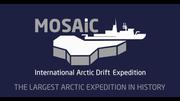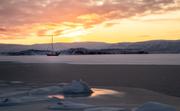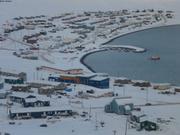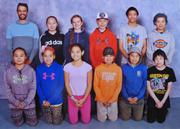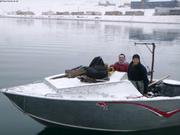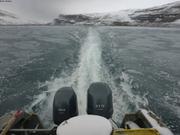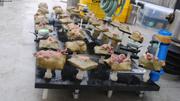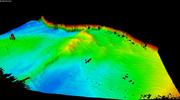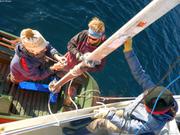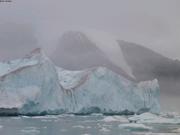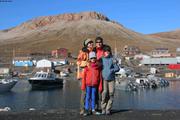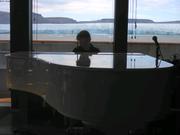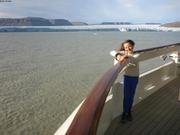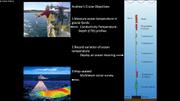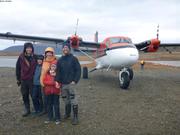Mosaic
I'm boarding tomorrow morning the Kapitan Dranitsyn (see her position). From Tromso, Leonie's birthplace, and while Aurore is turning 10 years old, I am preparing for a long mission without my family crew... The Russian icebreaker will reach the Mosaic expedition, near the North Pole. About a hundred scientists, technicians and sailors are taking turns every two months aboard the German icebreaker Polarstern for a year-long Arctic drift. I'm member of the second team, which will return to Tromso at the beginning of March.
This is to do a comprehensive study of the Arctic Ocean before it is exploited. The current changes are considerable as currently reported by Mike Horn and Borge Ousland trying to finish their crossing of the Arctic before winter. Very tired and almost out of food, they should be rescued soon. See their position.
Meanwhile, near Arctic Bay, Natasha joined Louis aboard Vagabond. In this protected bay, the pack ice is now thick enough to circulate serenely (about 30cm). Samples of water and coralline continue, but the dive this morning was difficult ... The polar night started mid-November and will last until the end of January, the thermometer reads -23°C. At this time of the year, it's good to share social life in the neighboring village.
